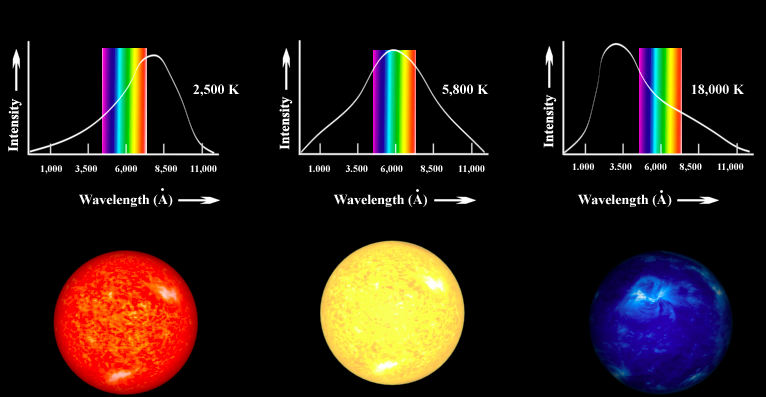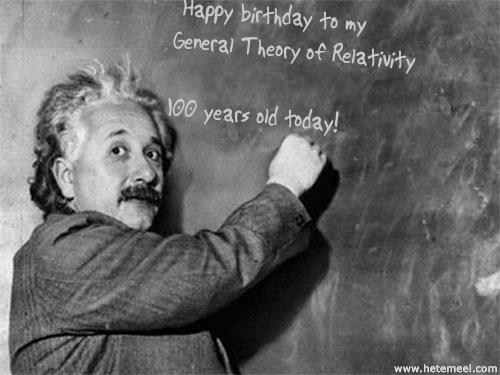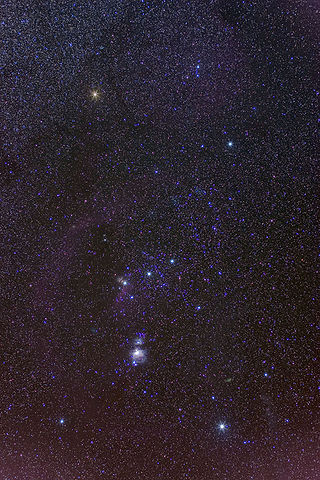Twinkle, twinkle little star,
How I wonder what you are.
Giant thermonuclear reaction;
Held by gravitational attraction.
Twinkle, twinkle little star,
You look so small ’cause you’re so far.
As you burn through constant fusion,
Your twinkle’s just an optical illusion.
That happens when your light gets near;
distorted by our atmosphere.
Twinkle, twinkle little star,
spreading light and heat so far.
As you use up fuel you’ll grow,
and give off a scarlet glow;
Maybe you’ll go supernova,
exploding elements all over.
Now I know just what you are;
and I know I’m made of stars.
Where does the Sun get its energy? A straightforward question but physicists struggled to find an answer until the 1920s, when Eddington suggested that nuclear fusion might be responsible.
A star is drawing on some vast reservoir of energy by means unknown to us. This reservoir can scarcely be other than the subatomic energy which, it is known exists abundantly in all matter; we sometimes dream that man will one day learn how to release it and use it for his service. The store is well nigh inexhaustible, if only it could be tapped. There is sufficient in the Sun to maintain its output of heat for 15 billion years. — Sir Arthur Stanley Eddington
Read more




